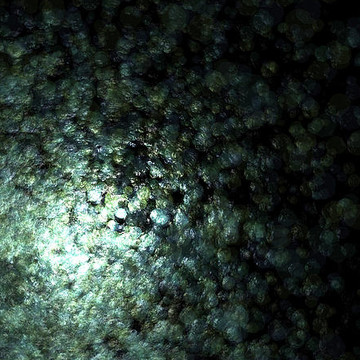Looking for design inspiration? Browse our curated collections!
Joined
2014
Followers
267
Visitors
63,878

Gaia Fading - III
As soon as our ancestors began to walk the Earth, the belief in some universal life-principle arose. Be it the natural world surrounding us or the primordial energy dwelling within our psyche, Gaia is slowly fading into the darkness. Should her vibrant spirit extinguish itself, what will become of us? ********* For the ancient Greeks, Gaia was the primal goddess of the Earth. She was an anthropomorphic figure and, as such, depicted in countless ancient and neoclassical works of figurative art. Mother Nature, otherwise known as Mother Earth, is considered an even older personification of nature, also embodied in feminine form. Jungian psychology sees it as a variation or derivative of the Great Mother archetype, embedded in the collective subconsciousness. If Mother Nature appears as the caretaker of the environment and the source of nurturing for all living beings, Anima Mundi was thought of as the world soul. This philosophical idea of a universal spirit that pervades all matter as a human spirit pervades the body was initially attributed to Plato, but it actually has its roots in eastern philosophy. Anima Mundi is thus related to the Hindu concept of Atma (commonly translated as “the Selfâ€), which ultimately reconciles one’s true soul with the universal soul – the soul of the world. ********* These ancient religious and philosophical concepts have recently found their way into the realm of science. During the Sixties and Seventies, Dr. James Lovelock formulated an ecological hypothesis and named it after the Earth goddess of the ancient Greeks. Gaia hypothesis was born, or perhaps reborn, and with it the debate about whether or not Earth can be thought of as a single organism, a complex interacting system formed by living and non-living parts. ********* The pieces belong to my my 2008 series, entitled Gaia Fading, and may be acquired both individually or as triptychs: {B.65, A.29, C.55}, {C.70, B.32, A.74} and {A.51, C.72, B.69}. Although abstract in style, they could by no means be labelled as “non-referentialâ€. During the creative process, I was driven by a deep desire, an “inner necessity†in Kandinsky’s terms, to capture the very essence of Gaia. ********* The whole series was exhibited at the Museum of Modern Art in the Mexiquense Cultural Center, Toluca, Mexico, the second triptych at the Villa Contarini in Mira, Venice, Italy as well as in an online Project Room Gallery curated by the Rhonda Schaller Studio from New York, NY, USA (http://www.rhondaschallerchelsea.com/home-planet-dreams-of-survival.html).